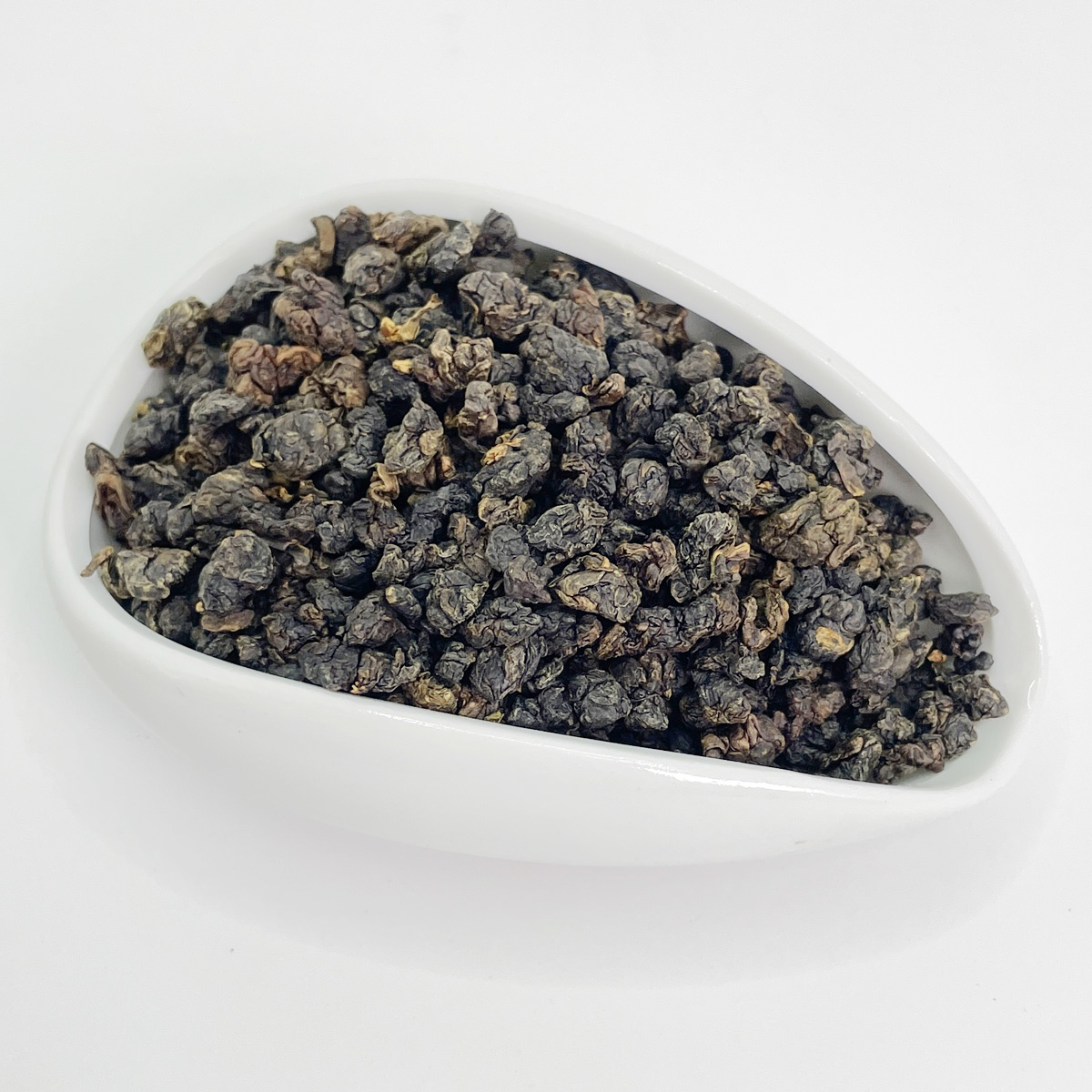Decoding Fujian’s Millennial wulong oolong tea Legacy
Explore the rich heritage of Fujian Wulong Oolong Tea, a masterpiece of Chinese tea craftsmanship. This semi-fermented treasure, rooted in the misty mountains of Fujian, combines centuries-old traditions with modern wellness. Discover its two iconic varieties: Wu Yi Tea (rock oolong) from the UNESCO-listed Wuyi Mountains and Anxi Tieguanyin (iron goddess), celebrated for its orchid-like aroma. Learn how the China-EU Geographical Indications Agreement (2021) protects Fujian tea’s authenticity, ensuring global recognition for its unique terroir.
Dive into the science-backed health benefits: studies reveal Wulong Oolong Tea boosts metabolism (30% fat reduction over 3 months) and reduces cholesterol by 20%, thanks to its polyphenols and probiotics. Master traditional brewing techniques like the Gongfu tea ceremony, or try modern twists like cold-steeped Tieguanyin for a refreshing summer drink.

Wulong Oolong Tea, a semi-fermented marvel from China’s Fujian Province, embodies a 1,000-year-old tea culture. Nestled between coastal plains and mountainous terrain, Fujian’s unique geography—with 80% forest coverage and mineral-rich soil—nurtures world-renowned teas like Wu Yi Tea and Anxi Tieguanyin. From imperial tributes in the Song Dynasty to modern global exports, Fujian oolong has bridged traditions and innovations, earning its place among the six major Chinese tea categories
1. Origins & Evolution: From Imperial Tributes to Global Icon
- Northern Fujian’s Rock Oolong: The Wuyi Mountains, a UNESCO World Heritage Site, birthed Wu Yi Rock Tea during the Ming Dynasty. Da Hong Pao (Big Red Robe), a rare cultivar from the “Three Pits and Two Streams,” symbolizes luxury, with auction prices reaching ¥10,000 per gram.
- Southern Fujian’s Floral Legacy: Anxi County, the birthplace of Anxi Tieguanyin, revolutionized oolong processing with techniques like “drag-sour” (Tuō suān) fermentation, balancing floral sweetness and roasted complexity
2. Varieties & Craftsmanship: A Tale of Two Styles
- Wu Yi Rock Tea (Northern Fujian):
- Da Hong Pao: Known for its enduring orchid aroma and mineral-rich “rock rhyme” (yan yun), achieved through charcoal roasting.
- Shui Xian (Narcissus): Aged variants develop woody notes, akin to fine whiskey.
- Anxi Tieguanyin (Southern Fujian):
- Qingxiang (Light Oxidation): 15-20% oxidation preserves jasmine-like freshness, ideal for cold brewing.
- Nongxiang (Heavy Roast): Traditional charcoal baking creates caramelized dates and honey undertones.

3. Brewing Mastery: Tradition Meets Innovation
- Gongfu Ceremony: Use Yixing clay teapots for Wu Yi teas (100°C water, 5-second steeps) to accentuate mineral depth.
- Modern Adaptations:
- Cold Brew: Steep 5g Anxi Tieguanyin in 500ml cold water for 8 hours—crisp and caffeine-friendly.
- Oolong Latte: Blend roasted Tieguanyin with oat milk, a trend embraced by New York cafés.
4. Health & Science: Nature’s Elixir
- Metabolic Boost: Japanese studies show daily oolong consumption increases fat oxidation by 30% over 12 weeks.
- Heart Health: Theabrownins in Wu Yi Tea reduce LDL cholesterol by 20%, per Fujian Medical University trials.
- Gut Wellness: Semi-fermentation cultivates probiotics like Lactobacillus, enhancing digestion.
5. Preservation Wisdom: Aging Gracefully
- Wu Yi Rock Tea: Store in ceramic jars (50-60% humidity) and re-roast every 3 years to revive aroma.
- Anxi Tieguanyin: Vacuum-seal and refrigerate (0-5°C) to maintain floral notes for 2+ years
Fujian wulong oolong tea’s Global Renaissance
From the ancient Tea Horse Road to blockchain-tracked estates, Chinese tea continues to create miracles, and Fujian Wulong Oolong Tea continues to evolve. As Michelin chefs infuse Da Hong Pao into desserts and Silicon Valley embraces its metabolic benefits, this semi-fermented gem proves that tradition thrives through innovation.



